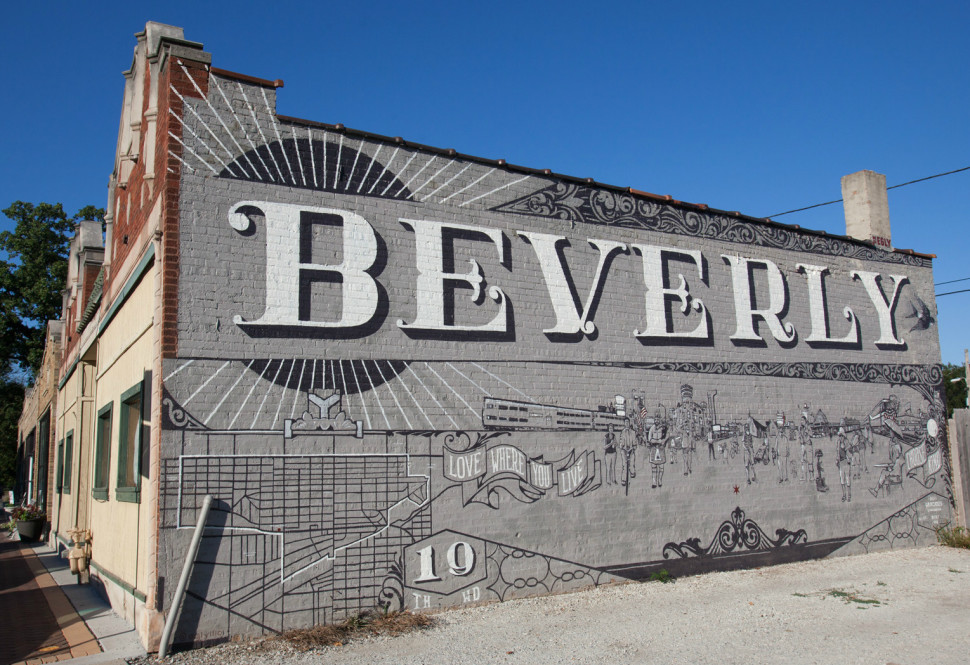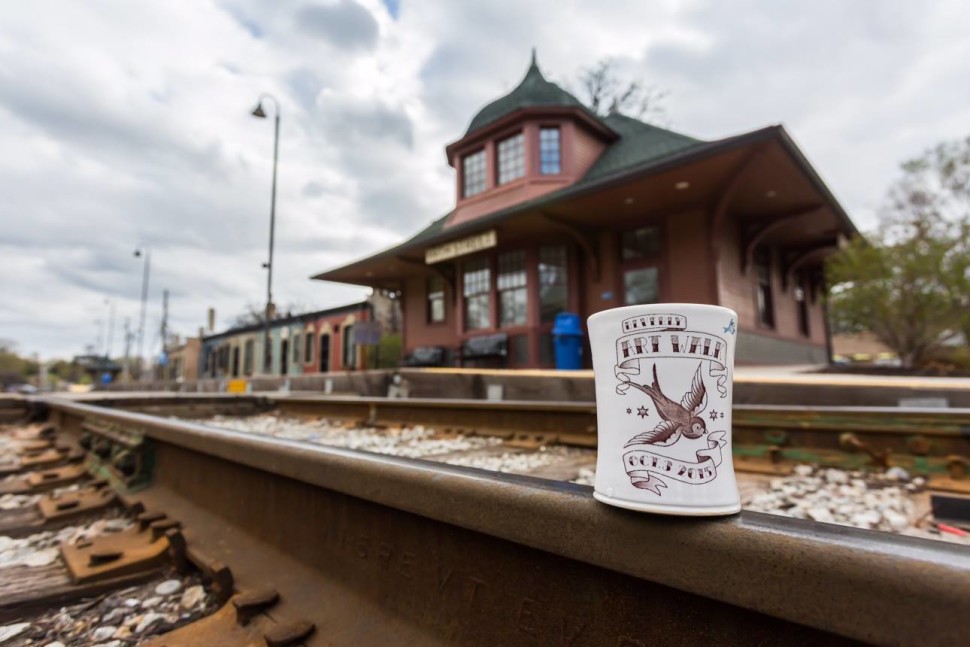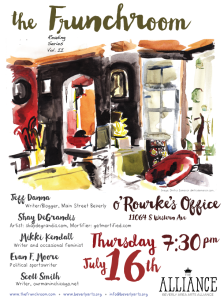Last week in Crain’s Chicago Business there was an article about how home sales in Beverly are on the rise and some of the reasons why. I’ll get into that in a second, but a couple of declarations are in order here.
Neighborhood development – specifically my neighborhood of Beverly/Morgan Park, but also the general concept – is something that’s been on my mind for the last couple years due to volunteer work I’ve been doing. I serve on the board of the Beverly Area Planning Association (BAPA), I’m a board member with the Southwest Chicago Diversity Collaborative (where we’re working on the launch of a spring festival that highlights the need for more bike/pedestrian-friendly neighborhoods) and I work with The Beverly Area Arts Alliance where I produce a live storytelling series called The Frunchroom which tells stories about the South Side that don’t always make the headlines.
Like most volunteer work, there are intrinsic and extrinsic benefits. I love where I live and I want to see great things happen here. I own a house so a good neighborhood means good property values. More art and less racism means my blood pressure stays low. That sort of thing.
But I also see it as part of a larger belief about where neighborhood development should and must come from: a participatory community that has a voice in our neighborhood – and city. It’s the opposite of the typical top-down, politically-driven model Chicago has often embraced.
HOW BEVERLY CREATES COMMUNITY
A couple years ago, I wrote and performed this piece at The Frunchroom. (Say, have you checked out our podcast yet?) In it, I suggested that bars can be a place of true community and an economic driver, particularly those places that elevate artists and writers. It may have been a bit self-serving or even meta considering I was saying it in a bar during the storytelling series I was producing with a group that showcases art in bars but that didn’t make it any less true. I’d witnessed it as over the last few years more young families had moved into Beverly/Morgan Park, attracted by the home values and classic Chicago neighborhood feel.
This week, no less than Crain’s Chicago Business backed up this assertion with data and reporting.
Beverly ended September with a steep increase in home sales for the year to date, according to Crain’s analysis of Midwest Real Estate Data’s sales information. In the first nine months of the year, 185 houses sold in Beverly, an increase of more than 27 percent over the same period in 2016.
[SNIP]
Meanwhile, new arts and social groups and new businesses have “brought a new energy into Beverly” in the past few years, said Francine Benson Garaffo, an @properties agent who has lived in next door Morgan Park for 29 years.
The neighborhood now has two breweries and a meadery (a meadery makes honey drinks, or mead), the three-year-old Beverly Area Arts Alliance, which hosts an early October Art Walk through the neighborhood, and the Frunchroom series of spoken-word performances.
(The Wild Blossom Meadery is near the 91st St. Metra on the border of Beverly and Washington Heights but grew out of a brewing supply store on Western Avenue.)
We have to recognize what a hard turn this was, especially when the Art Walk and Horse Thief Hollow (one of the two breweries mentioned) debuted:
- There was nothing like them in the neighborhood. While both were warmly embraced, Western Avenue was (and still kinda is) a haven of shot-and-a-beer joints.
- While there were some art galleries in the neighborhood, most are like the Vanderpoel Art Museum – gems galore, but hidden away, and not something the neighborhood was known for to outsiders.
These changes are due to individuals who envisioned change and put entrepreneurial thinking behind it. It wasn’t thanks to a city or ward office development plan (though such a thing would certainly be welcome and come to think of it why doesn’t that exist?). It was people – many of them volunteers – banding together in common cause who then attracted like-minded folks to follow behind them. Horse Thief begat Open Outcry and The Meadery. The Art Walk begat The Frunchroom. Etc.
You see this spirit of volunteerism-meets-entrepreneurialism in BAPA as well. Though it has only three full-time staff members, it has an army of volunteers, homeowners and local businesses who make it possible to create a year-long slate of events like the Ridge Run, the Beverly Home Tour, Bikes and Brews and more. They’re also not afraid to take on the city and advocate for the neighborhood like in the current campaign to save the Ridge Park fieldhouse after years of neglect.
HOW BEVERLY FOUGHT FOR OUR PUBLIC SCHOOLS
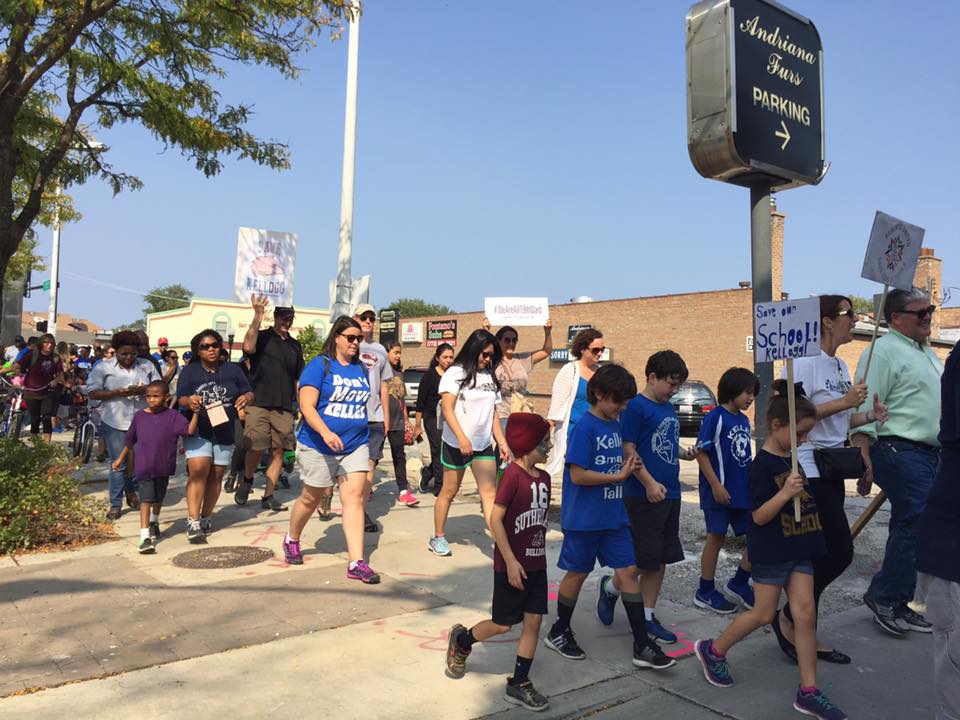
The Crain’s article also had something interesting to say about public schools in our neighborhood.
Schools were the top draw, Clinton added. “It was important to me that if we’re paying Chicago property taxes, we don’t also have to spend the money to pay for private school. I want a good school paid for with our taxes.” The elementary school that serves their new home, Kellogg, scores a seven out of 10 points on Great Schools.
In a time of upheaval for CPS, it’s worth noting that people are moving to the 19th Ward because of our public schools. The article specifically mentions Kellogg as a reason why this family moved here. And that’s in spite of – not because of – efforts by our alderman and the mayor’s control of CPS.
Because if they had had their way, Kellogg would be closed.
In September of last year, 19th Ward Alderman Matt O’Shea revealed to the public a plan that would close or merge three 19th ward public schools: Keller, Kellogg and Sutherland. This also would have had deleterious effects on black and low-income students and affected two schools (Keller and Kellogg) with the highest CPS ratings.
Due to significant public objection, the alderman dropped this plan, which was supposed to be necessary to provide $40 million dollars to solve overcrowding issues at two other public schools in the Ward: Esmond and Mount Greenwood.
Somehow, even without closing or merging those three schools, the $40 million dollars was found anyway and the plans to build annexes at Esmond and Mt. Greenwood proceeded. Since then, there’s been little public information provided on the status of these plans.
As for Keller, Sutherland and Kellogg:
- Keller has maintained a 1+ rating for two years running with a slight (0.41%) enrollment increase
- Kellogg has maintained a 1+ rating for two years running and increased enrollment by 3% this year, bucking both ward and city trends for CPS.
- Though Sutherland’s enrollment dropped its rating increased to 1 and it recruited a new principal with such a stellar record that the Local School Council voted unanimously to hire her without having to narrow its choice down to a set of finalists.
Like our burgeoning art and microbrewery scenes, this all happened because of people who stood up for the kind of community they wanted to see thrive here. But in the case of our public schools, it required them to stand up against Chicago’s ward/machine politics and literally fight City Hall.
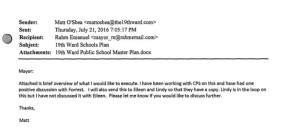 See, back in July of last year, it turned out that Alderman Matt O’Shea was talking to Mayor Emanuel about his schools plan – a month and a half before he talked to any school administrators, LSC members, public school parents or the general public. All this was revealed in the email dump spurred by a FOIA request from the Chicago Tribune and the Better Government Association.
See, back in July of last year, it turned out that Alderman Matt O’Shea was talking to Mayor Emanuel about his schools plan – a month and a half before he talked to any school administrators, LSC members, public school parents or the general public. All this was revealed in the email dump spurred by a FOIA request from the Chicago Tribune and the Better Government Association.
BEING THE CHANGE WE WISH TO SEE
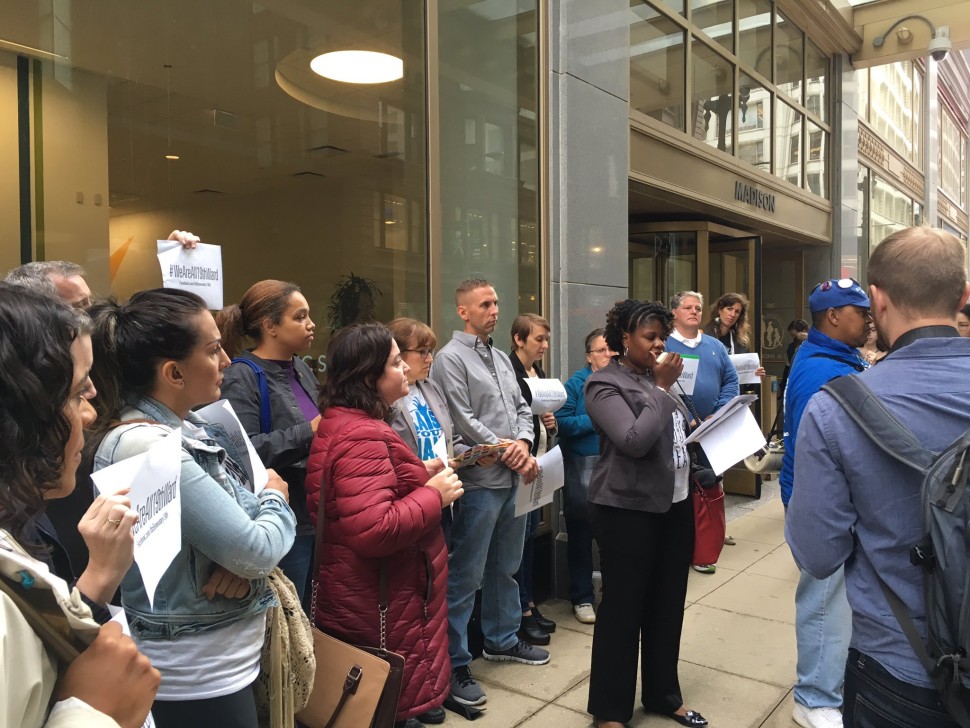
It’s great to see Beverly’s arts scene, new restaurants and public schools creating an atmosphere where home sales and prices are on the rise. There are two lessons here:
1. If you have a vision for change in your community, you and your friends have the power to make it happen
2. Decisions about our communities – especially our schools – should be participatory, not hatched in secret.
When the 2019 mayoral and aldermanic campaigns roll around, I expect that Alderman O’Shea and Mayor Emanuel will talk about Beverly’s home prices on the rise and take some credit for that. But I wonder if they’ll mention the people who actually made it happen, sometimes in spite of their own wishes.
They’ll talk about how much money they’ve brought to two schools in our community. (I’ll never forget how Mayor Emanuel said the money was coming to Mt. Greenwood “because your alderman was nice to me.”) They’ll hope we’ll forget they tried to damage three schools experiencing growth and success.
I hope we won’t.
